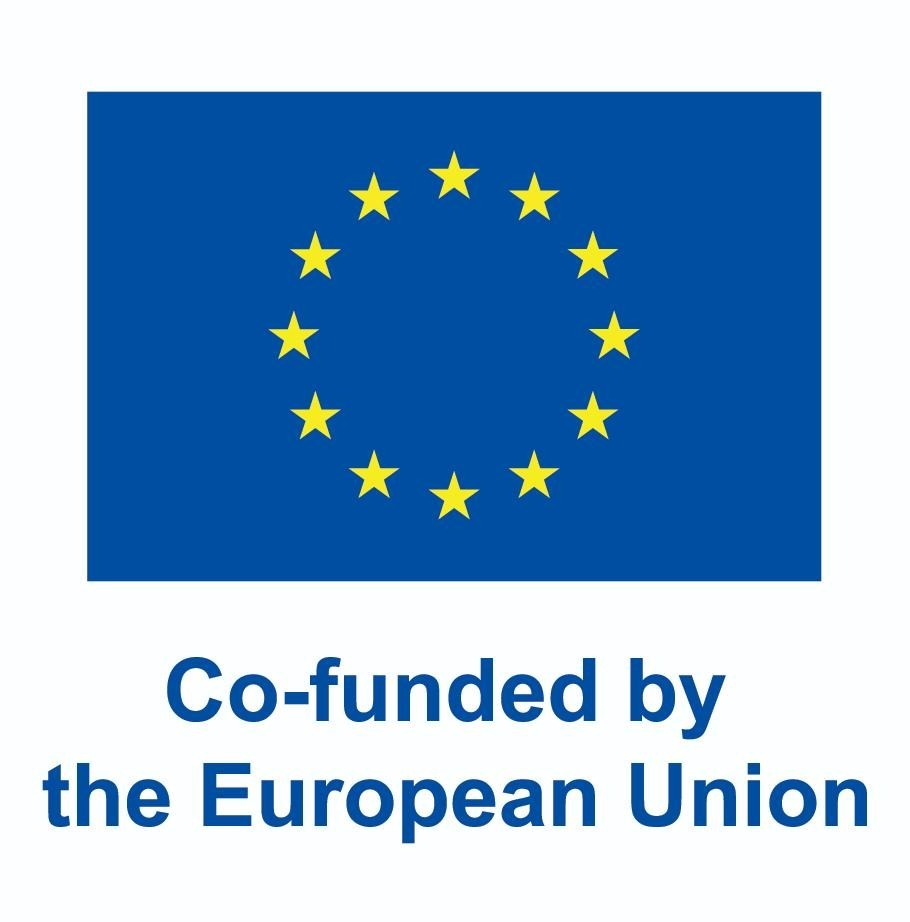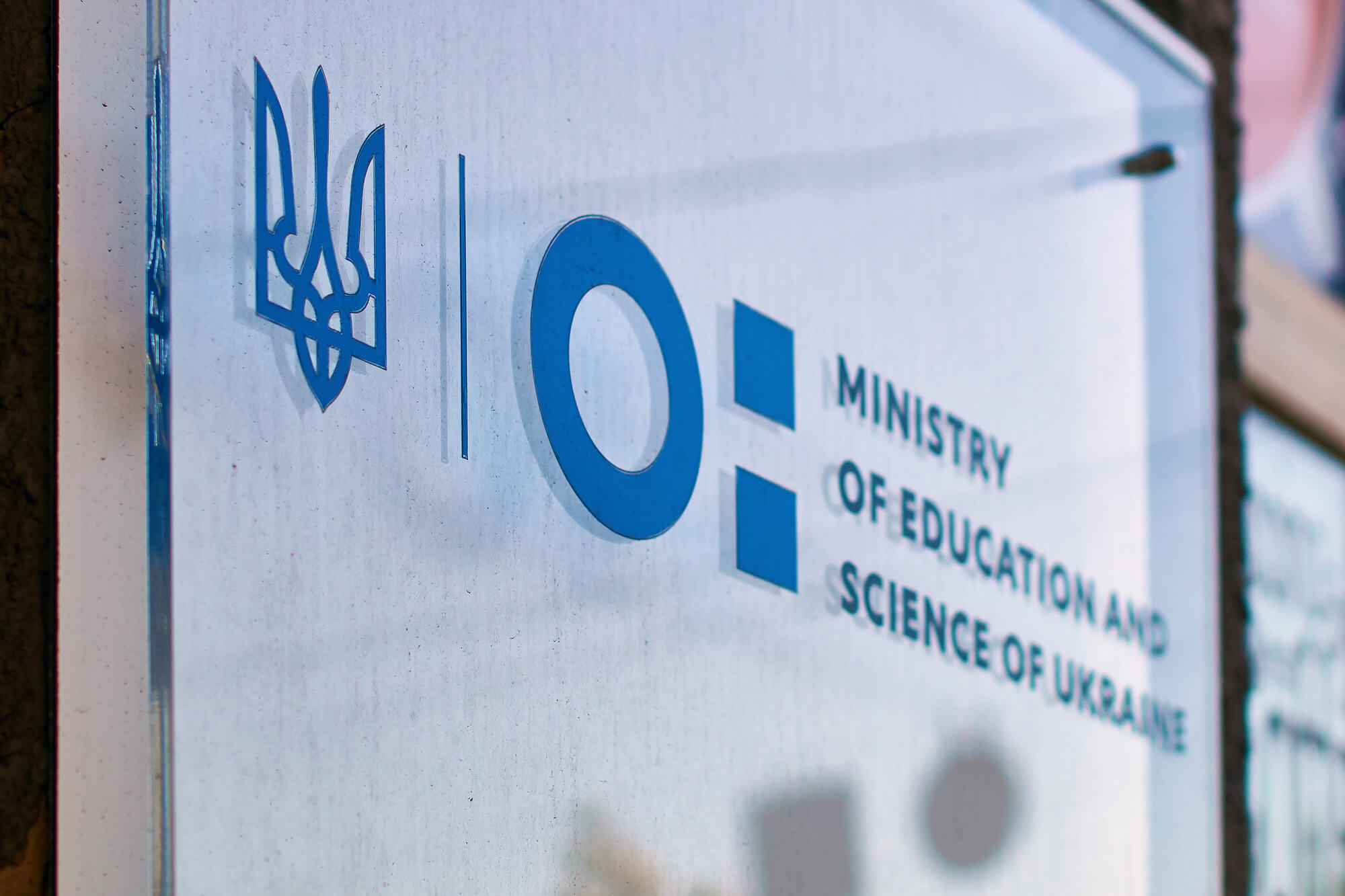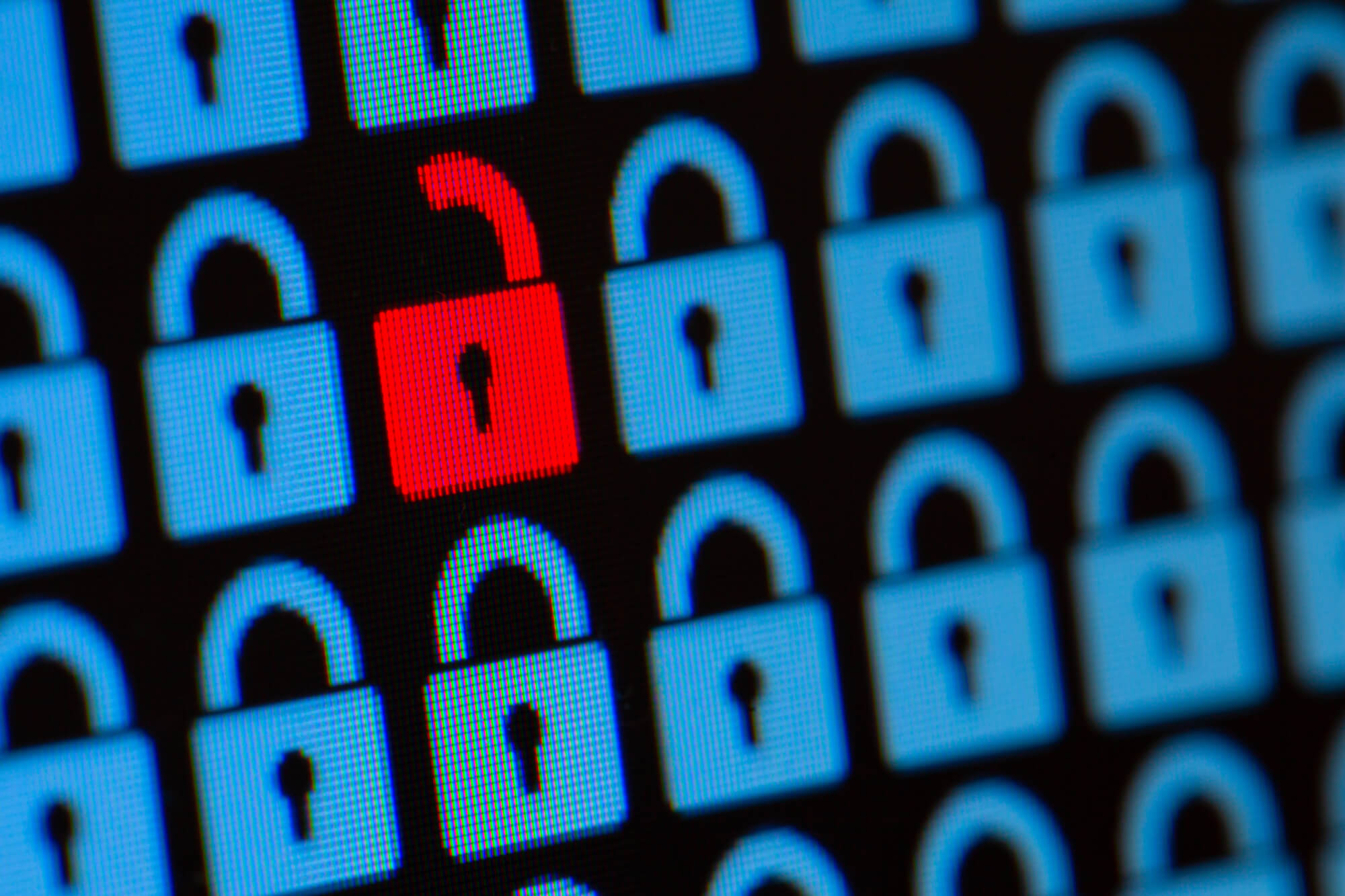On March 24, 2022, the EU High Representative for Foreign Affairs and Security Policy, Josep Borrell, announced the “geopolitical awakening” of the EU due to Russia’s aggressive war against Ukraine. This “awakening” policy includes the Union’s coordinated response to weaponization of interdependencies, or in other words, the deliberate use of economic ties as a weapon. A clear example in this context is the Kremlin’s manipulation of Europe’s energy dependence.
There are numerous other examples, including those related to critical raw materials and “minerals of the future” (such as lithium, titanium, nickel, cobalt, etc.). How is the European Union developing the idea of strategic autonomy from defense and security to the economy? What transformations are occurring in the internal market and the EU’s common trade policy in response to the increasing (geo)politicization of economic relationships? Which legal instruments have been adopted, and which are planned? And how do these new challenges and responses affect the economic integration between Ukraine and the EU? We provide answers to these questions in this article.
Strategic autonomy of the EU: development through crises
EU strategic autonomy refers to “the capacity of the EU to act autonomously – that is, without being dependent on other countries – in strategically important policy areas.” The Union’s approach to defining these strategic areas aligns closely with the chronology of crises that the EU has faced over the past decade.
The trigger for a serious discussion on the need for EU autonomy in the realm of security and defense was the concern over changes in the foreign policy and defense priorities of the United States during the Trump presidency. Trump’s statements about the necessity of the United States withdrawal from NATO and the unwillingness to defend Eastern European allies in the event of a Russian attack seriously undermined transatlantic unity and strengthened the positions of states advocating for strategic autonomy.
One of the significant practical outcomes of the debates within the EU during the Trump era was the establishment of the Permanent Structured Cooperation (PESCO) in 2017, aimed at deepening cooperation among EU member states in the defense sphere. PESCO can be considered a “success story” because this structure has enabled more than 50 innovative projects in various areas, from enhancing the EU’s capabilities at sea to creating a joint EU intelligence school.
However, even though almost all EU member states have joined PESCO (except for Denmark, Malta, and the UK, which was still a member in 2017), there is no consensus yet among them regarding the future of strategic autonomy in the defense sphere. The main topics of debate in this context revolve around the necessary investments in defense and the balance between strategic autonomy and EU-NATO relations. This is why even the EU’s Strategic Compass, adopted after Russia’s invasion of Ukraine, envisions the creation of a rather limited joint EU military force and does not compel member states to invest a specific percentage of their GDP into defense.
The move toward strategic autonomy in the economic sphere within the EU is equally challenging and controversial. The economic dimension of the concept gained importance in light of the COVID-19 pandemic, which vividly demonstrated how much the EU relies on imported goods. Disruptions in supply chains due to epidemic control measures in China and other countries complicated access for EU citizens and companies, initially to medical masks and other medical and pharmaceutical goods and later to semiconductors (chips) and raw materials. Globally, the pandemic revealed the vulnerability of complex supply chains and prompted a shift toward bringing certain production back to the EU from third countries (known as “reshoring”).
The Russian war against Ukraine as a challenge to the strategic autonomy of the EU
The war waged by Russia against Ukraine significantly reinforced the EU’s determination to develop strategic autonomy in both the defense and economic spheres. It added another crucial dimension to the concept – energy security. Even before the war, the EU’s top diplomat, Josep Borrell, drew attention to the “militarization of interdependency” phenomenon in the global economy. “According to these views, trade, investments, market access, transportation, technology, tourism – everything that was the subject of enhanced cooperation within globalization has become an instrument of political influence, domination, and fierce competition without rules,” the director of the Diplomatic Academy of Ukraine, and currently the Ambassador of Ukraine to Japan, Serhii Korsunskyi, wrote in 2021. This characterization is highly relevant to Russia’s policies concerning both Ukraine and the European Union. The blocking of Black Sea ports, attacks on Ukraine’s energy infrastructure, and threats to reduce oil and gas supplies to European countries are vivid examples of Russia’s militarization of food and energy resources.
Besides Russia’s actions, its war against Ukraine has unquestionably contributed to politicizing geo-economic relationships. On the one hand, a large-scale interstate war prompts certain actors to use force to achieve their political objectives (as seen in Azerbaijan’s actions regarding Karabakh and the large-scale attacks by Hamas on Israel). On the other hand, it leads to an “arms race” for strategic deterrence. Both phenomena require increased military-industrial capabilities, which objectively exacerbates the shortage of critical raw materials. Mutual deterrence and competition on the global stage are also realized through a wide range of economic warfare. These means vary from complete economic blockades to imposing import and export restrictions and regulatory measures, such as denying permits and licenses. They may also include (often reciprocal) sanctions and freezing of financial assets. The widespread use of such trade measures further undermines the significance of the World Trade Organization (WTO), which has been facing a crisis for some time, partly due to the ineffectiveness of its dispute resolution mechanism.
Josep Borrell’s declaration of the “geopolitical awakening” of the EU comes against the backdrop of an increasingly fragmented, militarized, and competitive world. This awakening marks a shift from the dream of a globalized planet where free trade, investments, and interdependencies promote peace and development to a reality where any significant dependency can be used as a weapon.
EU efforts toward reforming the internal market
In response to the new challenges, the EU is making efforts to enhance the resilience of the Single Market and the Union’s ability to resist and counteract players who employ economic coercion for political purposes. According to research from the Irish Institute of International and European Affairs, the main directions of the EU’s internal economic policy currently include managing strategic dependencies, diversifying supply chains, strengthening industrial capabilities, and efforts to support human rights and environmental protection through market power.
As with the concept of strategic autonomy in the security and defense sphere, EU member states have different views and priorities related to the single market development. For instance, Denmark, Sweden, and Finland have been historically strong proponents of the open EU market and expressed concerns about economic autonomy as a form of protectionism, at least before Russia’s war against Ukraine. Over time, however, these countries have become more conscious of the need to strengthen the single market and proportionally limit free trade if necessary to ensure the competitiveness of the EU on the global stage. Germany, having learned from the economically and reputationally painful experience of overcoming energy dependence on Russia, has emphasized managing strategic dependencies and developing digital sovereignty. On the other hand, France proposes prioritizing industrial strengthening within the EU rather than increasing independence from external influence.
Therefore, today’s actions by the EU to reform the single market should be understood as a complex set of multi-vector and consensus-based efforts. The main tools for reform include legislative instruments, investment programs, and strategic partnerships. Table 1 presents some of the most well-known initiatives, and below, we will discuss those relevant to Ukraine’s EU integration efforts.
Table 1. Overview of EU instruments for reforming the single market.
| Category | Instrument | Objective |
| Legislative instruments | Single Market Emergency Instrument | The legislative proposal aims to ensure the uninterrupted functioning of the single market during crises, particularly those related to difficulties in the operation of international supply chains. |
| Regulation setting up a Union regime for export control, brokering, technical assistance, and transfer of dual-use goods | The regulation sets out detailed rules for the export and other forms of transfer of dual-use goods and services, i.e., those that can be used in both civilian and military sectors. | |
| Foreign Direct Investment Screening Mechanism | This instrument aims to coordinate national systems for screening foreign direct investments to ensure that such investments do not grant investors significant political influence. | |
| Regulation concerning the exercise of the Union’s rights for the application and enforcement of international trade rules | The regulation governs the application of a wide range of restrictive measures by the Union in response to violations of international trade rules by trade partners of the EU. | |
| Anti-Coercion Instrument | The legislative proposal aims to allow the EU to apply a wide range of restrictive measures in response to instances where third countries use economic coercion against the EU to achieve their political goals. | |
| Investment programs | European Chips Fund | The Fund aims to strengthen semiconductor (chip) supply chains and increase the EU’s market share in the global semiconductor market to 20%. It will support the development of the semiconductor ecosystem and facilitate access to financial and investment opportunities for relevant startups. |
| Important Projects of Common European Interests and Industrial Alliances | These are cross-border projects in the fields of innovation, infrastructure, and research that simultaneously receive support from the European Commission in accordance with EU state aid legislation and private investments. Approved projects are dedicated to topics like Microelectronics (32 and 56 participating companies from 5 and 14 member states, respectively), Batteries (17 companies from 7 member states and 42 companies from 12 member states), and Hydrogen (with 35 companies from 15 and 13 member states respectively). | |
| Digital Europe | The program is aimed at funding projects in five key areas, including supercomputers, artificial intelligence, cybersecurity, the development of technical skills, and the application of a wide range of digital technologies in society and the economy. | |
| Strategic partnerships | Global Gateway | The “Global Gateway” is an international investment program of the EU aimed at expanding market access and building infrastructure partnerships with third countries in transportation, climate and energy, education and research, digitalization, and healthcare. The program partly serves as an alternative to the Chinese “Belt and Road Initiative,” also known as “One Belt, One Road.” |
| The EU-US Trade and Technology Council | The Trade and Technology Council is a transatlantic diplomatic initiative aimed at coordinating economic and digital policies between the United States and the European Union. It focuses on various aspects of economic cooperation, including building more resilient supply chains. |
Note: The legislative proposals highlighted in yellow have not yet been adopted
Single market reforms and Ukraine’s European integration
The Association Agreement between Ukraine and the EU, initialed in 2012 and signed in 2014, aims to “establish conditions for enhanced economic and trade relations leading towards Ukraine’s gradual integration into the EU internal market… and support Ukrainian efforts to complete the transition into a functioning market economy by means of, inter alia, the by progressive approximation to the EU acquis.” However, even a superficial review of the EU’s efforts in transforming its internal market reveals that Ukraine is integrating into a significantly different internal market than the one that existed a decade ago: one that is more tense and regulated, ready to create new opportunities for internal players and provide safeguards against external ones, but paradoxically more vulnerable due to potential regulatory errors.
The Single Market Emergency Instrument proposal is a vivid example of increased tension and regulation. It envisions five modes of market management in case of crises, ranging from establishing an advisory board to monitor the current situation and supply chains to two modes of emergency market regulation. According to a study by Samina Sultan and her colleagues from the German Economic Institute in Cologne, the emergency market regulation modes during crises involve a wide range of restrictions on member states and businesses, such as obligations to create and manage strategic reserves. The drawback of the instrument, as the authors point out, is its focus on financial sanctions rather than incentives to engage companies in EU member states in the production of deficit goods.
The question is whether the adaptability of decentralized control processes through markets is insufficient and requires strict vertical regulation during crises. The concept of “crisis” in the proposal is somewhat vague, and its direct link to the shortcomings of international supply chains functioning may pose a risk of frequent application of crisis mode, potentially disrupting market mechanisms. Depending on the nature of future crises and the practice of implementing this instrument for emergencies, Ukraine’s participation in it may have both advantages (responding to crises within a large market bloc, assistance in forming reserves, and financing businesses) and disadvantages (top-down regulation, potential sanctions for business actors).
Regulating the use of unilateral restrictive tools by the EU in response to violations of trade norms by trading partners or exerting political influence on the EU through economic measures is undoubtedly an important step toward a more resilient market. For instance, the Anti-Coercion Instrument, which the EU Council and the European Parliament recently agreed upon politically, primarily serves as a deterrent tool to prevent third countries from contemplating the use of economic pressure on the EU for political purposes.
For Ukraine, harmonizing its laws with EU legislation on restrictive instruments (tariffs, quotas, regulatory measures) would undoubtedly be a step forward in the context of both economic integration and foreign policy cooperation with the EU. However, there is a potential risk of conflicts and a “narrowing room for maneuver” in relations with third countries, such as countries in the Global South, if Ukraine applies restrictive measures to them in accordance with its commitments within EU instruments. On the other hand, participation in EU instruments will extend the “umbrella” of EU market power to Ukraine, deterring third countries from exerting economic pressure on Ukraine.
At the same time, Ukraine’s integration into the new internal market instruments will also bring new opportunities for businesses, including technology startups. Ukrainian companies, researchers, and public institutions can already apply for funding under the “Digital Europe” program (with a budget for 2021-2027 of 7.5 billion euros) to develop shared digital infrastructure and support digital transformation. Participation in the European semiconductor fund and important projects of common European interest will undoubtedly contribute to both Ukraine’s integration into the internal market and technological development.
In summary, the current stage of reforms in the EU internal market presents both new opportunities and challenges for Ukrainian stakeholders, especially in the context of crisis management and relations with third countries.
The material was created in the framework of the Jean Monnet Module INTEGTRADE, funded by the European Union. Views and opinions expressed are, however, those of the author(s) only and do not necessarily reflect those of the European Union or the European Commission. Neither the European Union nor the European Commission can be held responsible for them.
Attention
The author doesn`t work for, consult to, own shares in or receive funding from any company or organization that would benefit from this article, and have no relevant affiliations




